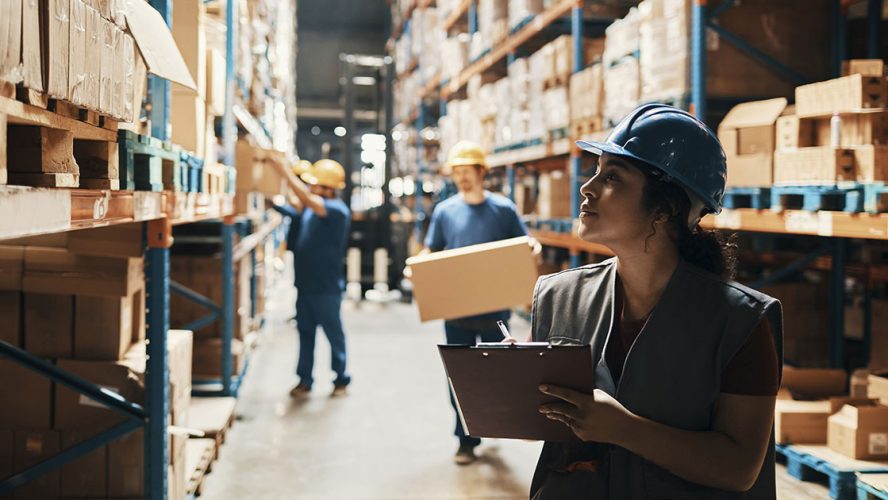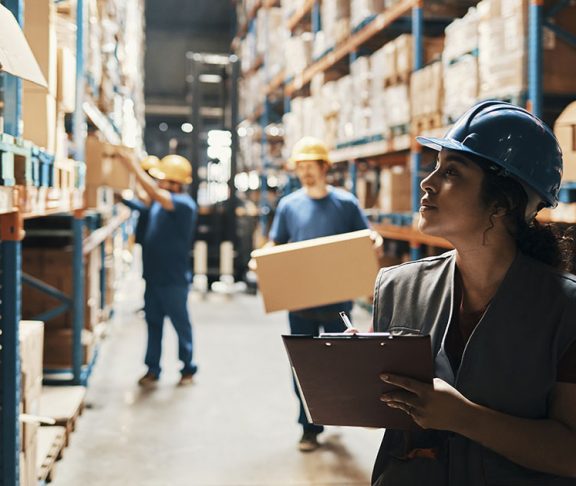As e-commerce continues to rise in popularity and expand in scope, brand manufacturers and consumer packaged goods companies (CPGs) are reconsidering all aspects of the product, the package and the logistics of handling both.
Traditionally, a packaged product on a retail shelf is handled a half-dozen times. In the e-commerce channel, that same product will likely experience four to five times as many interactions, reaching between 20 and 30 touches before it reaches the consumer.
Cobots
Automation in packaging will play a key role in ensuring the supply chain is able to handle the increased workload created from the e-commerce explosion. At a macro level, automation provides functionality and integrated solutions to compensate for a lack of labor. More targeted solutions, however, are proving that automation in and of itself can increase a packaging operations bottom line while improving the efficiency of the supply chain.
No subsector of automation in the packaging industry is maturing like cobots (collaborative robotos). Unlike robots which are traditionally isolated from workers and are programmed to follow specific instructions without regard for humans, cobots operate in cooperation with humans in a shared workspace.
“(Cobots) have evolved out of the core robotic market, growing significantly over the past 10-15 years,” says Jack Uhl of the Consumer Products Group for Yaskawa America, Inc.’s Motoman Robotics Division. “From integrated vision capabilities to mimicking human kinematics, to the utilization of simple teach pendants, today’s cobots are equipped to help CPGs fill labor gaps, maximize a smaller footprint and mitigate worker safety and product contamination risks.”
Now the fastest growing segment of industrial automation, cobot use is expected to jump tenfold to 34 percent of all industrial robot sales by 2025, according to the International Federation of Robotics.
Cobots and increased productivity
While growth is projected, “Automation in CPG Companies,” PMMI’s survey of 740 CPG companies and product manufacturers, found cobot use in packaging remains relatively low with just 10 percent claiming adoption. However, of those that are embracing the technology to address workforce and efficiency, an overwhelming 86 percent report an increase in productivity. From a return on investment point of view, 78 percent report that whether it be a decrease in labor cost or an increase in output, cobots directly increase their company’s earnings.
For Amway, an $8.7 billion health, beauty and home care products provider that has its roots in e-commerce, cobots checked all of the workforce and increased efficiency and productivity boxes according to Jeff Kirn, a manager at Amway Project Engineering.
“Our primary driver in pursuing cobot applications was to help alleviate stresses in our manufacturing operations from labor shortages,” says Kirn. “Not only did cobots address our labor issue through automation which increased productivity, but we have realized a significant reduction in direct labor costs.”
Automation is lowering labor cost while increasing productivity, a winning proposition in the ever-evolving supply chain.

